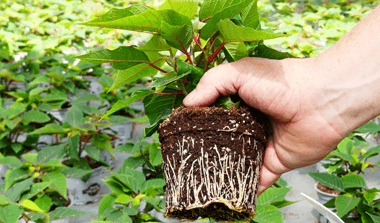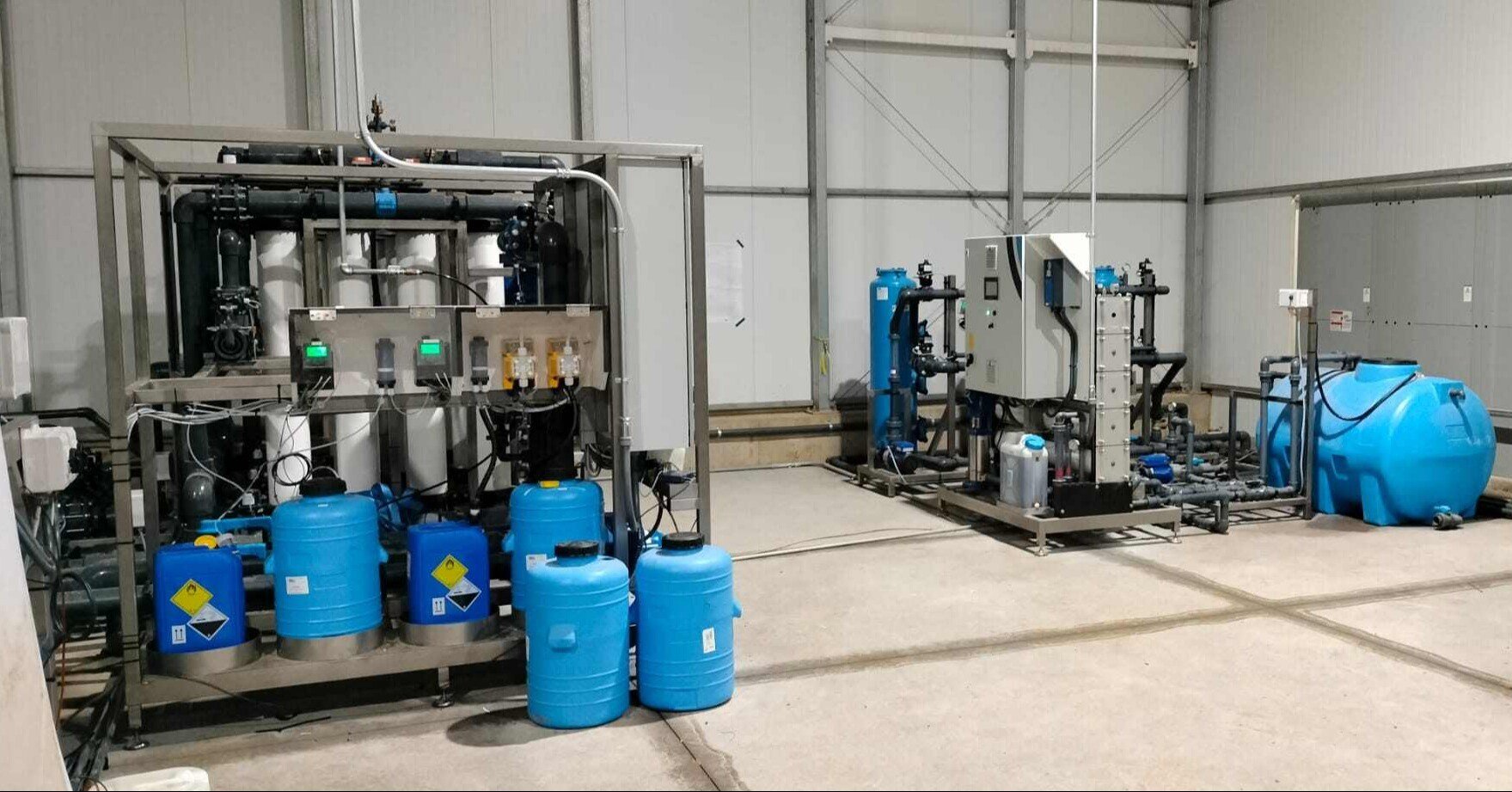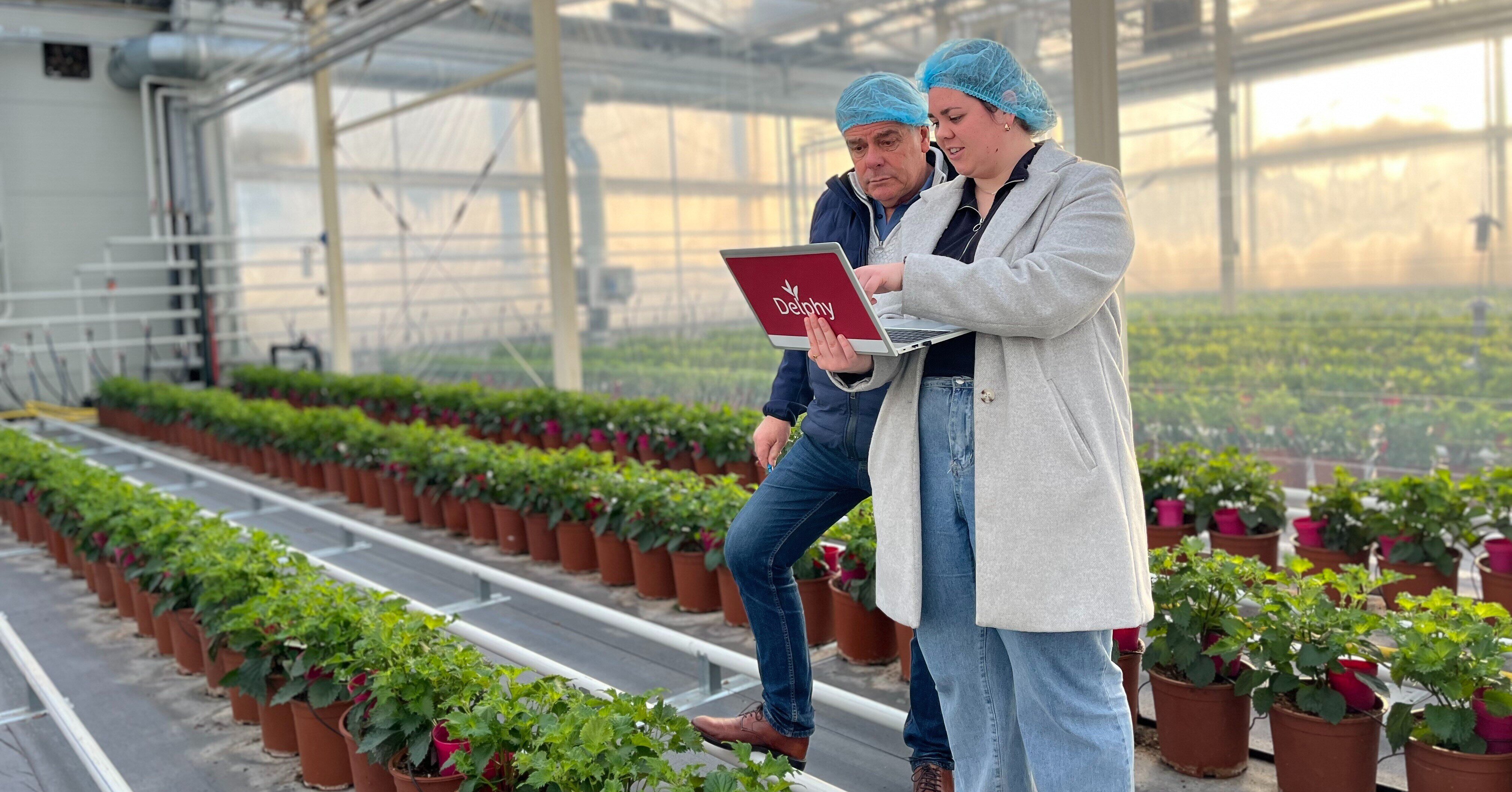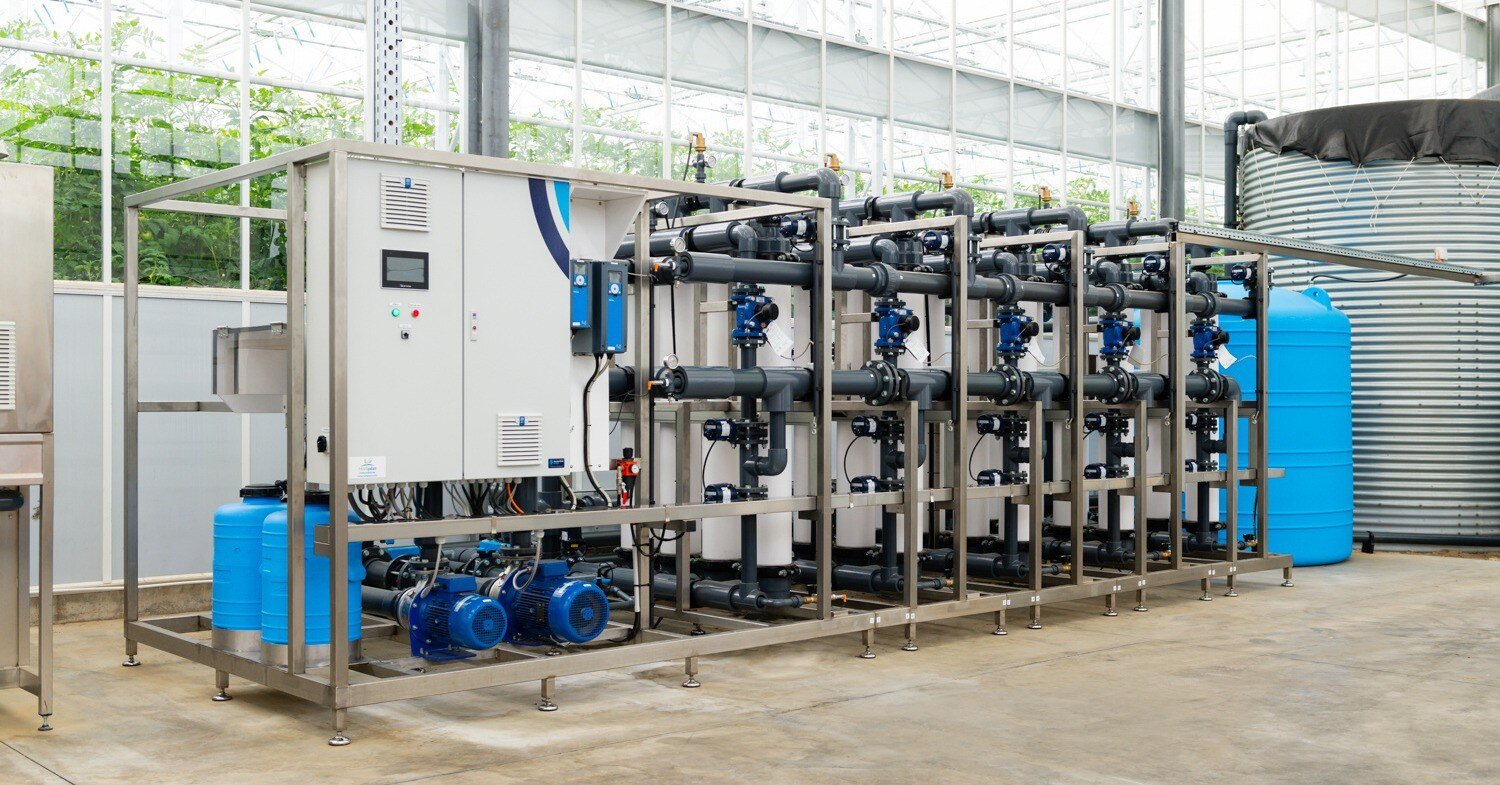- Prefer direct contact? +31 (0)79 593 38 00
- Language: English
The impact of a preventive cultivation strategy on the plant and environment!

The impact of a preventive cultivation strategy on the plant and environment!
Dec 20, 2021 11:00:52 AM
Kirsten Leiss spoke about the impact of sustainable growing on plant health. What impact does a resilient plant have on the environment? What does it mean for the cultivation strategy? And what is the role of growers and scientists around this topic?
Dr. Kirsten Leiss, Senior Researcher at Wageningen University, has an interesting view on this. We interviewed her for more details. She first described the plant's defense mechanism. This is important because it affects the resilience of the plant. And that, in turn, affects sustainable growing.
How does a plant defend itself?
During our interview with Kristen, she spoke about the defense of the plant: "A plant cannot move when attacked, so it has a different defense mechanism than an animal. For example, they emit volatiles, making the plant less attractive for diseases. This distracts invaders and their attraction to natural fighters. Other plants have spines, thorns, hair, or a thick layer of wax as a defense.'
Humans as protectors
Over the past decades, we have helped plants fight disease. We have done this with great success by using pesticides. But have we lost sight of the natural mechanism of the plant itself? And have we looked too much at the ornamental value instead of the crop's resistance when selecting new varieties? Have we become 'lazy' because of the reactive way of fighting?
How can we make plants more resilient
Senior researcher Leiss has done a lot of research in recent years on the functioning of the plant and its reaction to diseases. She recommends growers move from reactive to a proactive approach. By preventing diseases and paying extra attention to a resilient plant, you create a healthy and resilient plant with better quality. The result is less crop failure and a stronger plant for its environment. To create this, we need to use the plant's natural defense mechanism more.'
' Mildew, for example, has been in the greenhouse for 10 days before you see it. With a preventive approach, you decrease mildew from spreading.'
What makes changing a cultivation strategy difficult?
This approach does require a different attitude from growers. 'They can no longer have a wait-and-see attitude,' Kirsten continues the conversation. 'Growers have to think much more carefully about the actions they take in advance of a disease outbreak. Which crops do I select, which protective agents do I use, and how do I ensure an optimum microclimate? An integrated approach to different crop protection methods is needed (IPM). And in addition, they will have to monitor the plants closer to know if the new strategy is working.'
Of course, this strategy can be a challenge; some will find it more of a hassle. Kirsten Leiss sees growers struggle with this. 'You have to deal with living plants, diseases and plant protection products. The crop protection products have to fit the requirements of the cultivation. That makes it very difficult to set up a good cultivation strategy. A great deal of knowledge is therefore required. That's why we have to share our expertise and work together with other growers.
What does a preventive cultivation strategy consist of?
Kirsten sees three building blocks for a preventive cultivation strategy: selecting resistant crops, using biological crop protection agents, and creating a stable microclimate.
Resistant crops
'Growers should select plants based on the right hormones that create defenses (elicitors). This makes it much easier to grow a strong and resilient plant. Up to now, people mainly look at ornamental value.' Kirsten indicates that a resistant plant is a crucial starting point for a preventive cultivation strategy.
Biological and physical crop protection
The second thing that Leiss mentions: 'Biological and physical crop protection are also part of a preventive cultivation strategy. Biological crop protection controls diseases and pests with natural pest controllers. In addition, physical crop protection, such as the regular use of UV-C against fungal spores, is a good proactive measure. '
Microclimate
'And finally, a good microclimate is also very important. This involves creating the right temperature and humidity for plants but is not ideal for diseases. This is very difficult, by the way, and it comes down to being very detailed.'
ErfGoed can help you with creating the ideal microclimate. The upper area of the greenhouse mainly determines the climate in many greenhouses. You should look at the floor and what it is doing for your plant climate. We recently wrote a blog about this that you can read here.
Research into biostimulants
She also comments about biostimulants for growers, which are also a stimulant of a preventive cultivation strategy. We see different types of biostimulants coming onto the Dutch market. The effects in various situations can be very different, so results vary significantly. We see a role for scientists to look further into this. They have to give growers tools to use biostimulants properly. Such as, 'this biostimulant works when growing young vegetable plants in a greenhouse with this climate.'
What connection does a resilient plant have with sustainable growing?
A resilient plant is less susceptible to diseases and pests. As a result, pesticide sprays can be significantly reduced and plant quality improved. This fits into a sustainable agriculture and horticulture strategy with a low environmental impact.
What steps should growers take?
Leiss offer growers this advice: ‘Take small steps. 'First, look at the current situation. Then determine which crops you want to apply a new cultivation strategy to. And then take small steps to optimize the cultivation strategy. In addition, enter into discussions with researchers. In cooperation, we can bring together your practical experience with our research.
We take the first steps by conducting our trials, which you can then test the results in practice. We can further optimize based on your experience until we have good results. A good solution does take some time to develop. Please give us timely notice if you would like something researched.




